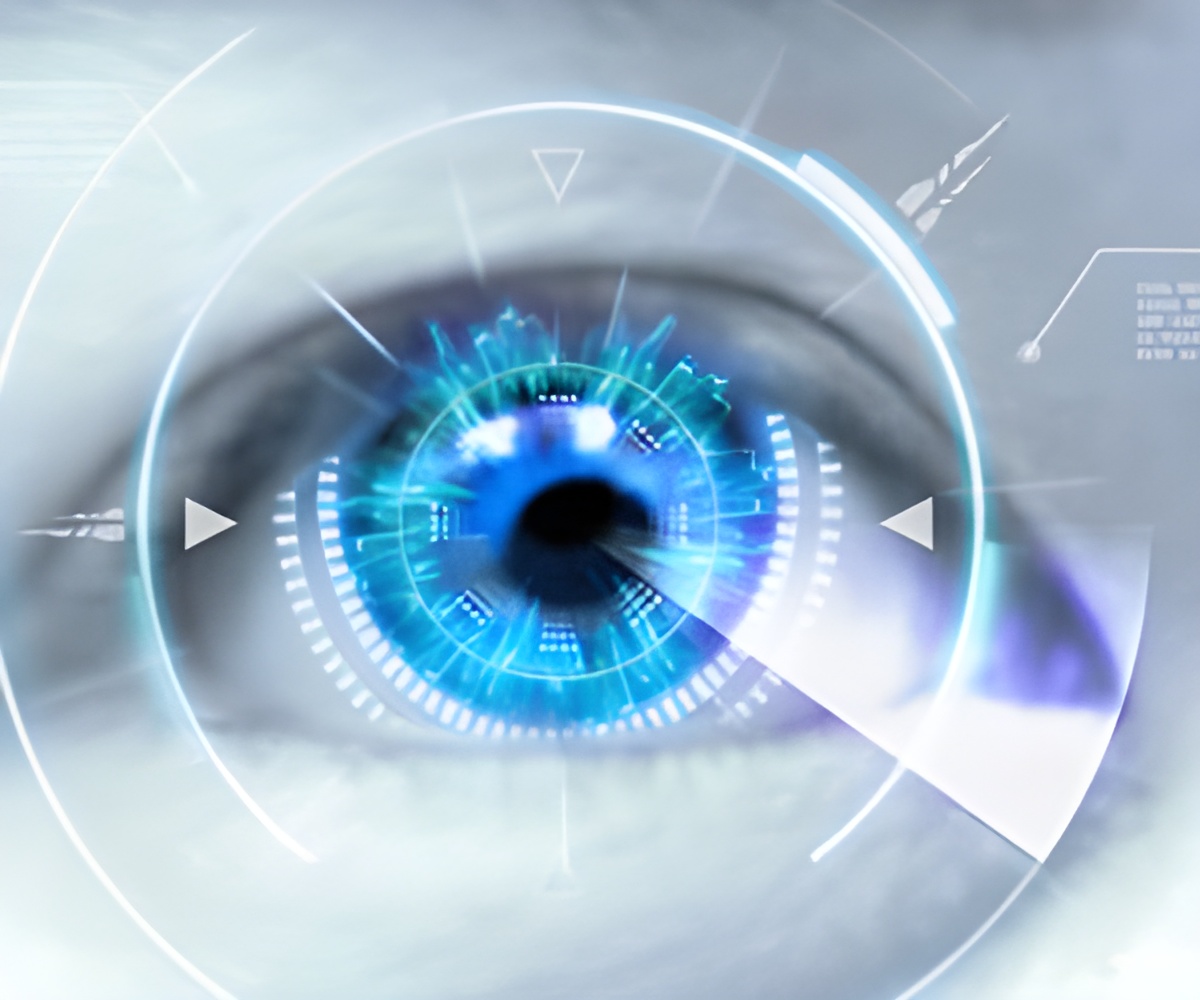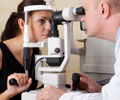
‘Prevalence of cataract blindness can decrease, but the number of people affected with cataract blind may increase from 7.75 million in 2001 to 8.25 million in 2020.’
Tweet it Now
Vrijesh was implanted with the extended range-of-vision lenses. This lens can make it easier for patients to transition from day to night vision. Also, these type of lens produces less of the halo effect when compared with other lenses.Vrijesh returned home on the very same day after the surgery, and soon he realized that his quality of vision has drastically improved.
Worldwide, cataract has been a significant cause of blindness. In India, it accounts for about 62 percent of the disease burden.
"The burden of the disease is set to increase shortly and the country should take a serious note of it," said Jethwa, who had witnessed around 5,000 cases of cataract in the last three years.
It is estimated that among people who are 50 years and above, the quantum of cataract surgery could double from 3.38 million in 2001 to 7.63 million in 2020.
Advertisement
Though, the prevalence of cataract blindness decreases, the number of people affected with cataract blind may increase from 7.75 million in 2001 to 8.25 million in 2020. This is due to the increase in the population of people who are above 50 years in India.
Advertisement
A cataract is any cloudiness in the crystalline lens of the eye or its overlying capsule. Age-related cataract, which appears at an older age, is the most common form of cataract. However, there are other causes as well. Broadly, cataract can be divided into congenital and acquired varieties.
To date, there is no known medical treatment of cataract. The definitive treatment of cataract today is the surgical removal of the crystalline lens with implantation of a synthetic IOL (intraocular lens – to replace the refractive function of the natural lens).
Failure to place an intraocular lens results in a very high hypermetropia (long sightedness) which needs to be corrected either with spectacles or contact lenses for any useful vision to be present.
Spectacles and contact lenses have many disadvantages; thus intraocular lenses are the gold standard for correction of vision after removal of cataracts.
Source-Medindia













